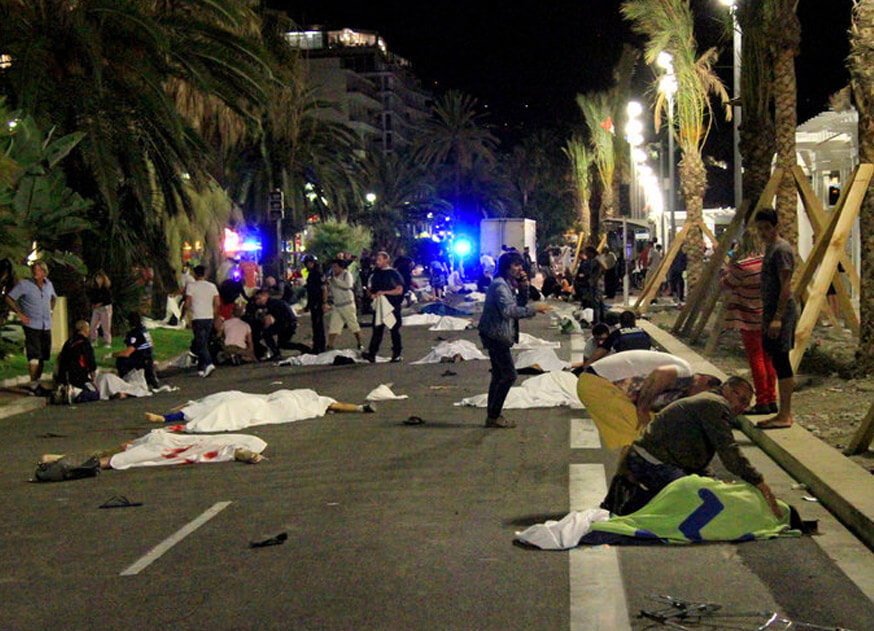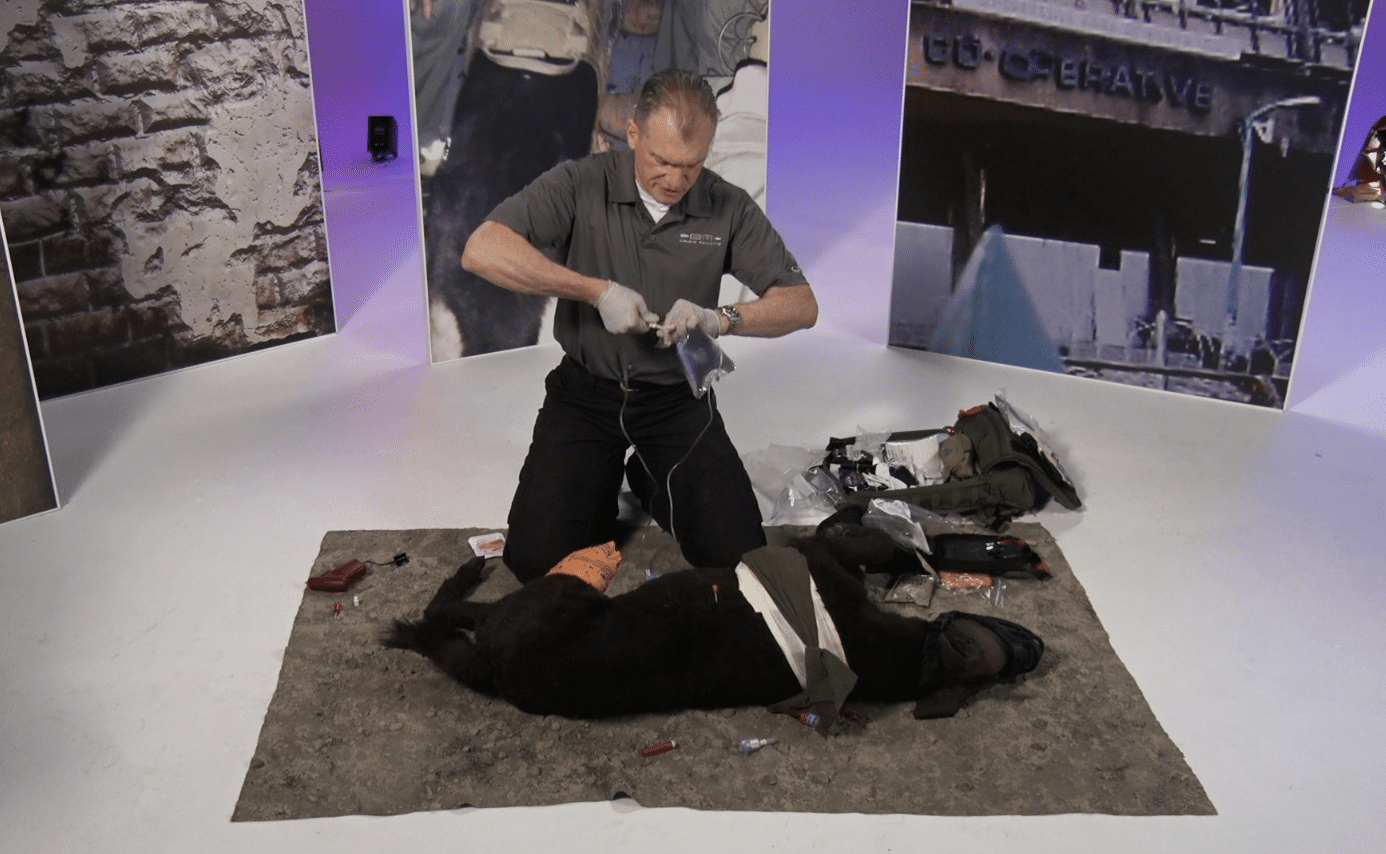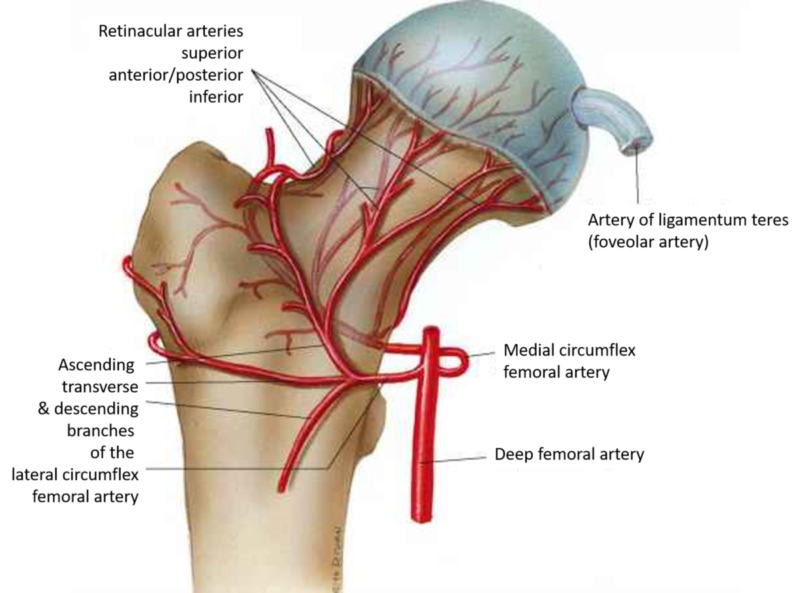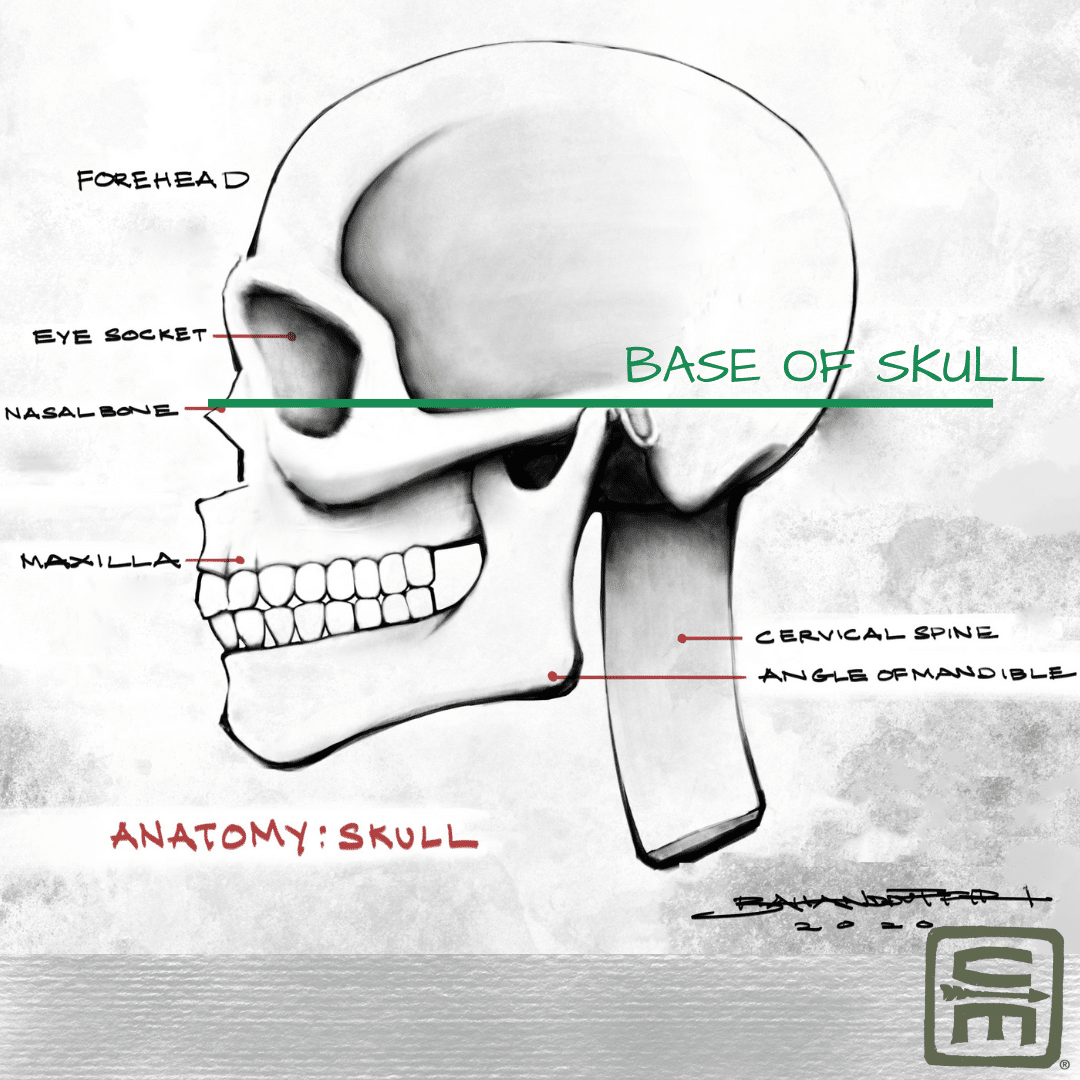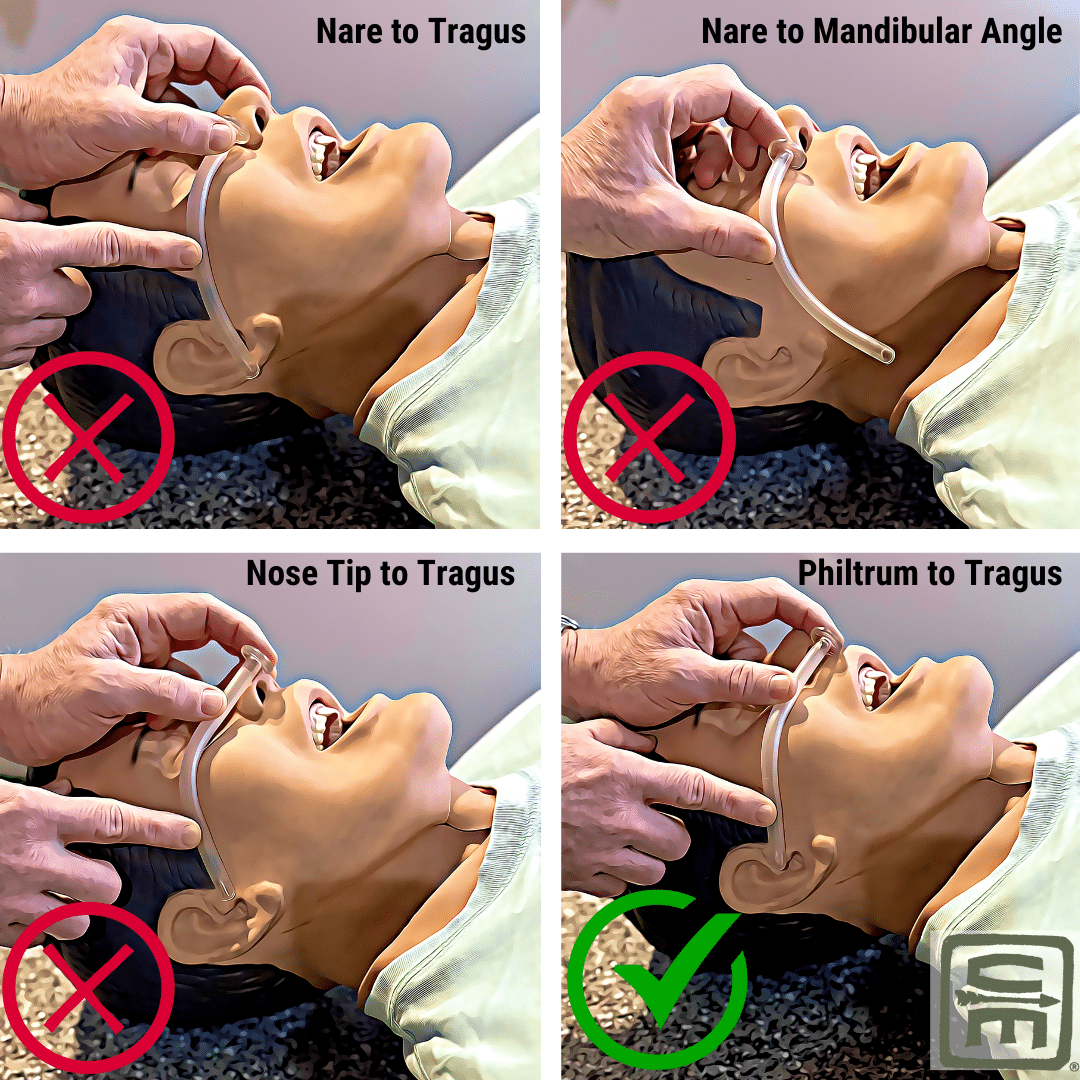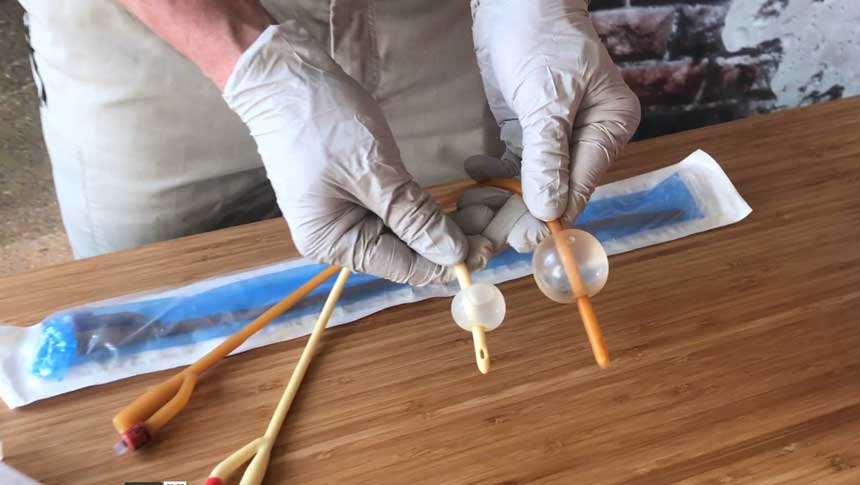On 19 December, 2016 a truck was intentionally driven into a Christmas market in Berlin leaving 13 dead and another 56 inured. The Islamic State claimed responsibility for the attack. Although intentional terrorist vehicle ramming attacks seem to have decreased …
MARCH: Massive Hemorrhage, Airway, Respiration, Circulation, Hypothermia Prevention
The easy to remember mnemonic MARCH reminds us of the priorities in treating casualties during TECC and TCCC situations. MARCH provides a framework to address immediate life threats and gives an organized approach to begin a casualty evaluation. The MARCH mnemonic is preferable to the ABCDE model because it takes into consideration the reason you need an airway and to be breathing is to circulate blood to the casualty’s brain. Recognizing that, the first step in our casualty evaluation should be to look for massive hemorrhage.
Once past massive hemorrhage, A-R-C is loosely approximated by A-B-C. H- is a reminder that a large number of traumatic casualties arrive at the emergency department or medical treatment facility hypothermic which dramatically increases their death rate.
The MARCH mnemonic can be applied to any patient, as the initial casualty evaluation usually rules out massive hemorrhage.
In May, 2023 the Canine Combat Casualty Care Committee updated the K9 TCCC guidelines for the first time since 2019. Admittedly, the changes were fairly limited, mostly applicable to IV, medications, and to put the guidelines more in line with …
Updated 18 January 2024 BLUF:* Isolated closed femur fractures are extremely rare, the internal thigh bleeding can be substantial, but tourniquet application in these closed injuries is not likely to help. 🕖 Reading Time, 4 minutes A closed femur fracture can …
🕖 Reading Time, 6 minutes There has been recent discussion about the rarity of significant complications from nasopharyngeal airway (NPA) placement. Many chalk the cases of inadvertent intracranial placement as essentially “something that never happens.” We were asked by a …
🕖 Reading Time, 7 minutes The ability of a nasal pharyngeal airway (NPA) to maintain a patent airway is dependent on both the NPA’s internal diameter and length. Proper placement of a nasal pharyngeal airway ideally involves the tip of …
…many different ways to manage these wounds, this is one technique using a Foley Catheter (designed for urine drainage) to tamponade bleeding. It is best studied in neck wounds. This…

